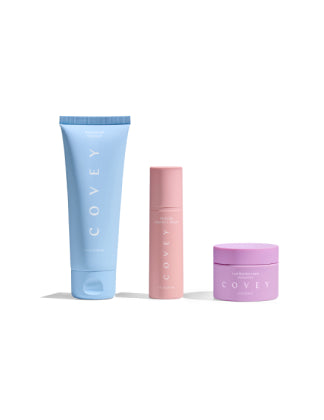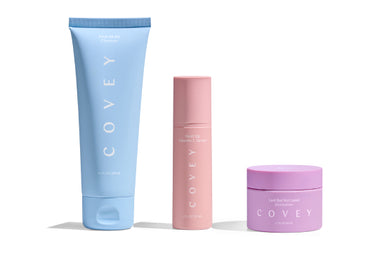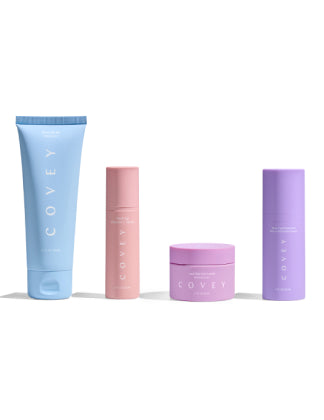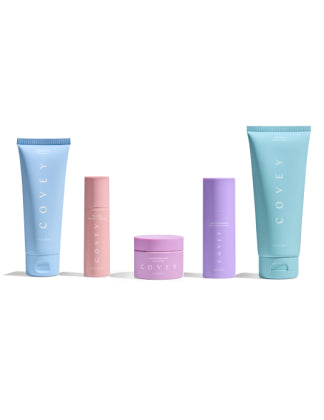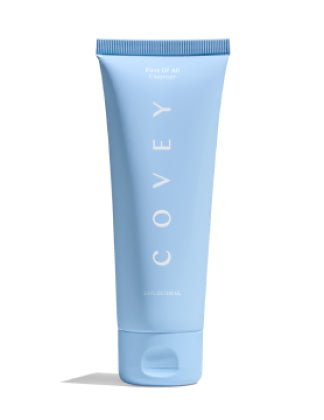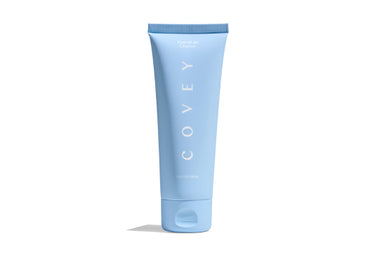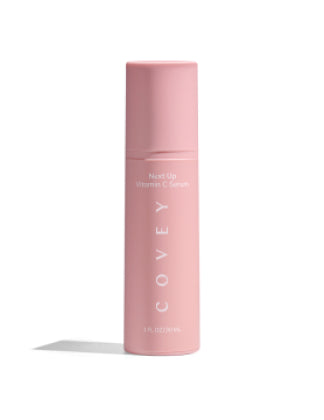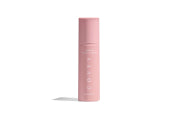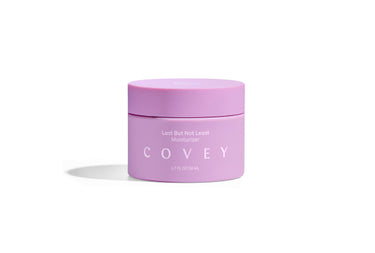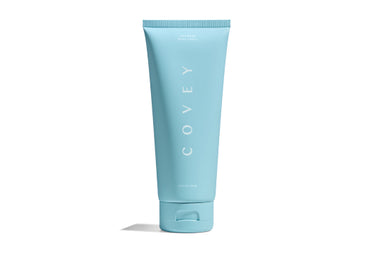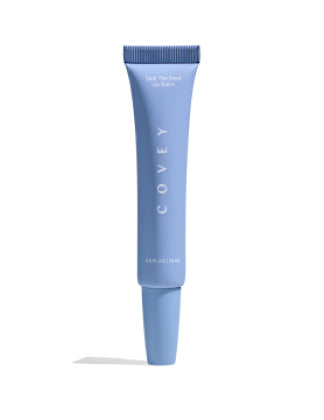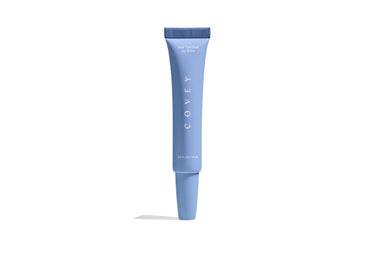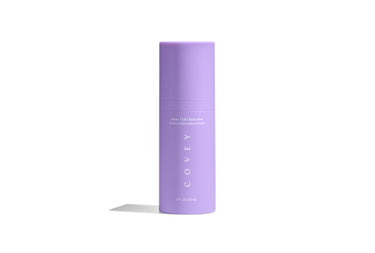
Dermatologist vs. Esthetician: What's the Difference Between These Skincare Specialties?
It’s overwhelming to sort through thousands of skincare products (no matter how cute all the packaging is), test them, try to understand your skin type, and deal with the changes that come with different phases of life. Sometimes we just need some help, which is why professionals (like us!) exist.
So who to turn to? Celebs are always talking about their favorite esthetician, but you’re also familiar with dermatologists because that’s who prescribed your friends accutane as teenagers.
If you’re confused, you’re not alone. We’re here to help!
The birth of two skincare specialties
Humans have been concerned with beauty as long as we have been able to see our own faces: ancient Egyptians used salts from the dead sea to exfoliate. Cleopatra liked to bathe in sour milk (hey — she predicted the contemporary acids obsession!). An ancient Shang Dynasty empress used cleansers of seaweed and jellyfish.
But, dermatology as a Western science began when texts dedicated to studying skin diseases emerged in the 18th century. The Hospital Saint-Louis in Paris started treating dermal diseases in 1801, according to the Journal of the American Medical Association.
This science is why we put on sunblock to prevent cancer (the FDA approved the first UVA-blocking product in 1988) and why we have medications for acne.
Estheticians, as a profession, had a different path. Christine Valmy founded the first esthetician school in 1966. She began by offering botanical-based beauty treatments, and made the aesthetics and beauty industry in the United States what it is today.
The gist of it is dermatology was founded in the treatment of diseases and esthetics was founded in skincare and beauty. They go together (and influence each other) like peanut butter and jelly, but they each have their own unique strengths.
Professional credentials — in other words, how do you know we know what we’re doing?
Dermatologists go to medical school, complete residencies, and pass the United States Medical Licensing Exam. They must then be certified by the American Board of Dermatology and keep their licensing up-to-date.
Estheticians receive a license by completing a training course (the number of hours can range from a few hundred to two thousand depending on the state) and pass licensing exams. Their license will likely have to be renewed on a regular basis depending on the state where they practice.
TDLR: Dermatologists go through much more rigorous training, but it is focused on curing and treating diseases. Estheticians go through less training, but it is focused on beauty. Whoever you see, just make sure they have up-to-date credentials!
Estheticians vs. dermatologists: Services
Both professions will help you address cosmetic skincare concerns, and both can make product and routine recommendations. They both provide ongoing aesthetic treatment including facials and extractions. However, there are differences:
When should you see an esthetician?
Since estheticians are more focused on beauty, they are more likely to have knowledge about the latest in over-the-counter skincare trends and more experience with working with patients who have aesthetic concerns. They cannot prescribe medications like accutane, and can only provide laser therapy with physician supervision.
Estheticians also have knowledge that dermatologists don’t about makeup and beauty. They are likely to offer complementary services like eyebrow waxing. They make skin and makeup product recommendations that you can access on your own without prescriptions.
These professionals are for the patient who likes trying out the latest products, fine-tuning routines, and only need low-key interventions like facials. If you’re tired of Cera-Ve, an esthetician is your best bet.
When should you see a dermatologist?
Often, estheticians will provide referrals to see a dermatologist if they feel the patient has a serious medical condition or could benefit from prescriptions and services estheticians cannot offer. For example, severe acne, eczema, hair loss, psoriasis, and more are best addressed or at least examined by a medical doctor.
If you are concerned about a mole with changes in color or appearance, or other skin spots, you should go straight to a dermatologist, do not pass go, do not collect $200.
Dermatologists are your best bet for acne or other skin issues that are persistent, severe, or painful. They can provide prescription medications like tretinoin and accutane. They can also perform laser therapy and inject botox.
Often, a patient will start out with a dermatologist, then see an esthetician for fine-tuning their beauty routine once medical issues are under control.
If you’re still unsure — why not both?
At the end of the day, estheticians and dermatologists have different focuses and they can work together. Many people have both on their team in order to achieve skincare nirvana. If you’re still uncertain, we vote to make an appointment with both and see what works for you.
If all this is just too complicated, check out Covey — our dermatologist-formulated and simple-to-use skincare line with only the most effective ingredients.


